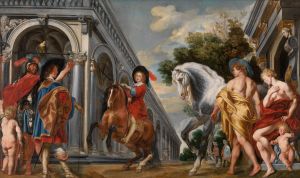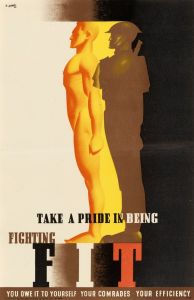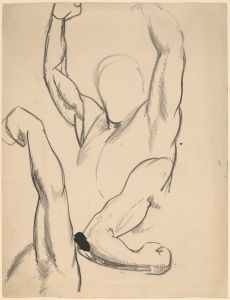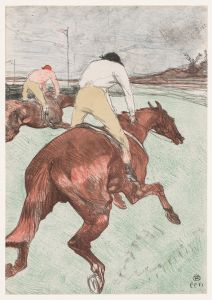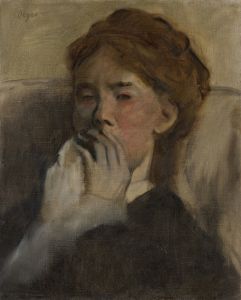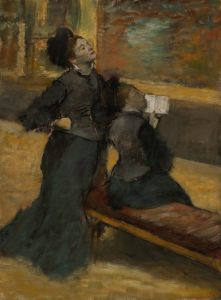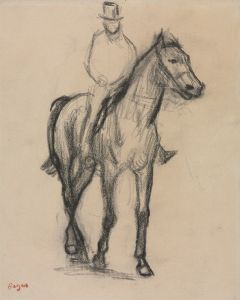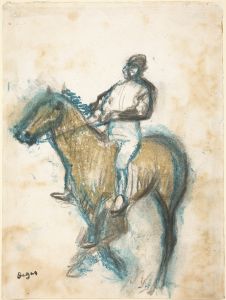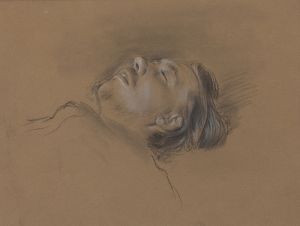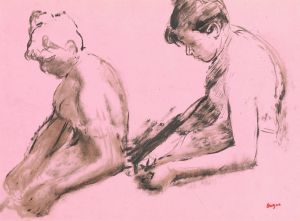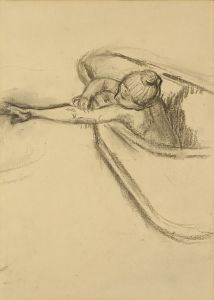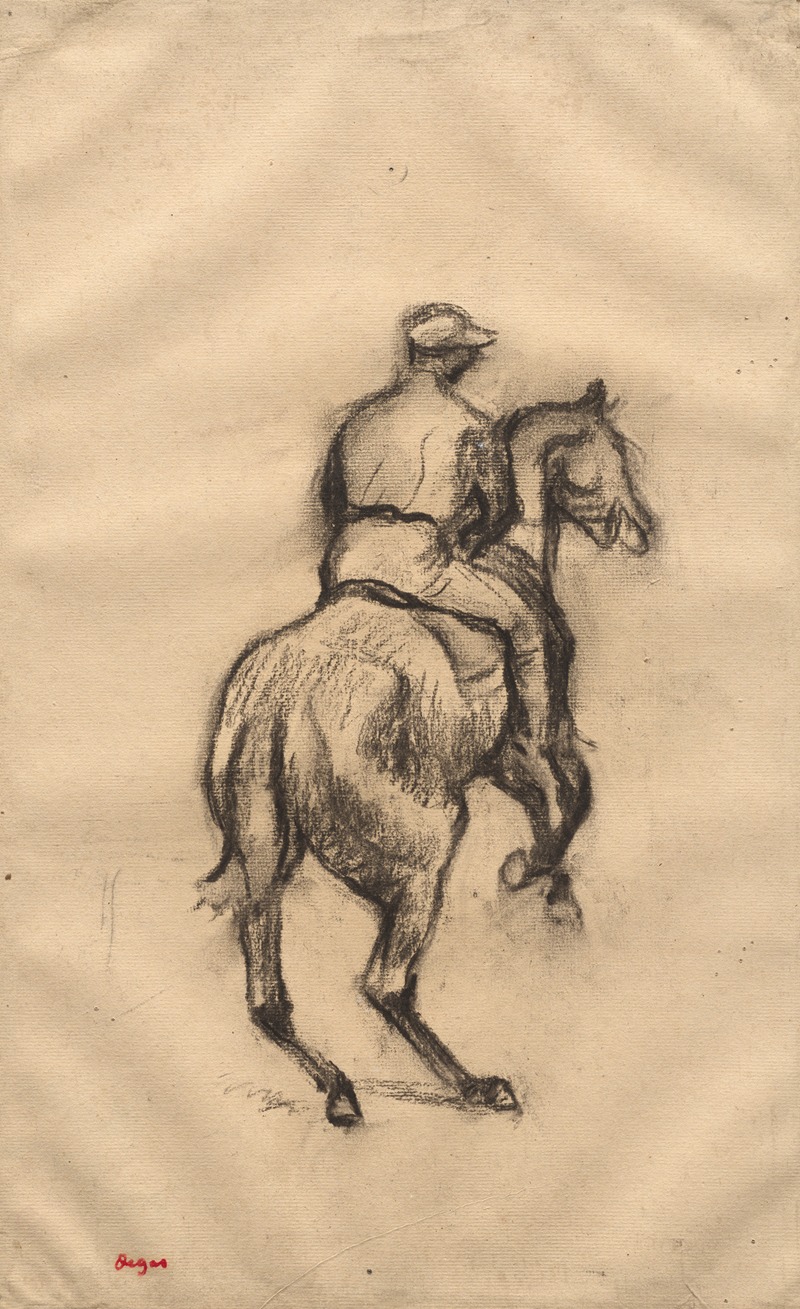
The Jockey
A hand-painted replica of Edgar Degas’s masterpiece The Jockey, meticulously crafted by professional artists to capture the true essence of the original. Each piece is created with museum-quality canvas and rare mineral pigments, carefully painted by experienced artists with delicate brushstrokes and rich, layered colors to perfectly recreate the texture of the original artwork. Unlike machine-printed reproductions, this hand-painted version brings the painting to life, infused with the artist’s emotions and skill in every stroke. Whether for personal collection or home decoration, it instantly elevates the artistic atmosphere of any space.
Edgar Degas, a prominent French artist associated with the Impressionist movement, created The Jockey in 1889. This painting is an example of Degas's fascination with equestrian themes, which he explored in several works throughout his career. Known for his innovative compositions and keen observational skills, Degas often depicted scenes of horse racing, capturing the dynamism and tension of the sport.
The Jockey portrays a single jockey on horseback, set against a muted and atmospheric background. The painting is characterized by Degas's distinctive use of color, light, and movement. The horse and rider are depicted in a moment of action, emphasizing the physicality and grace of both figures. Degas's brushwork is loose and expressive, a hallmark of his mature style, which often sought to convey the fleeting nature of a moment rather than precise detail.
Degas's interest in horse racing was likely influenced by the popularity of the sport in 19th-century France, particularly among the upper classes. Horse races were not only a form of entertainment but also a social event, and they provided Degas with a rich subject for exploring motion, anatomy, and the interplay between humans and animals. His equestrian works often reflect his deep study of movement, which was informed by his interest in photography and early motion studies, such as those by Eadweard Muybridge.
The painting is executed in oil on canvas, a medium Degas used frequently, though he is also well-known for his work in pastels. The composition of The Jockey is notable for its asymmetry and cropped framing, techniques that Degas employed to create a sense of immediacy and to draw the viewer's eye into the scene. These compositional choices were influenced by Japanese prints, which Degas admired and collected.
Today, The Jockey is housed in the Musée d'Orsay in Paris, which holds one of the most extensive collections of Degas's works. The painting is celebrated as an example of Degas's ability to capture the energy and elegance of equestrian subjects, as well as his innovative approach to composition and technique.





